As human beings, we all deepen our one-on-one relationships with those around us every day.
For a business, especially on a large scale, it can be difficult to build strong, personal connections with each one of our customers, but it is also critical to the success of your business. In today’s world it is imperative that we find a way to build strong relationships with our subscribers and customers to grow and maintain our business.
The question is how do we build those personal relationships at such a large scale? How do we provide timely, relevant and personal touch points at scale?
Thankfully, technology has finally caught up with the needs of today’s businesses. Now we have the ability to craft targeted messages for your customers and subscribers over the course of their journey with your business.
But just like any high-powered tool in any other industry, we need to learn exactly how to use this tool to achieve its highest potential.
In this article we’ll go through the Customer Lifecycle, how to understand your customers and subscribers’ pain points at a deep level, and how to craft automated email sequences that touch on each of those pain points so you can serve each individual subscriber and customer at the highest level, and do it on a massive scale.
Understanding The Customer Lifecycle
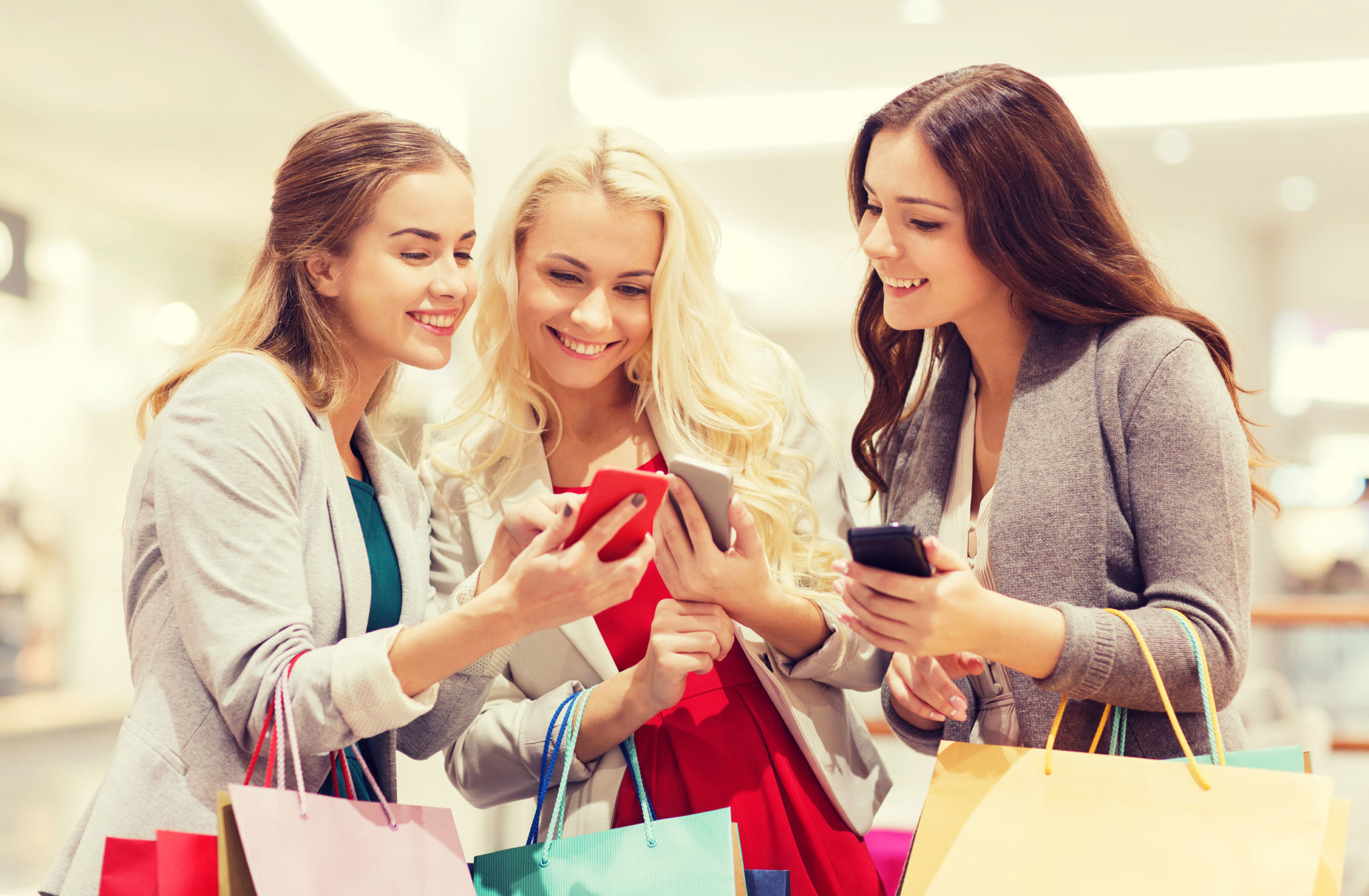
The Customer Lifecycle is a framework that will help you address the needs of your audience as contacts move from new leads, to converted customers, to loyal advocates.
The key goal of your marketing efforts is to extend the lifetime value of your audience. This means that you have to focus on both sides of the equation:
- Extending the lifetime of each customer with your business, and…
- Maximizing their value over the entire time they are in the Customer Lifecycle.
With behavior-triggered emails, you can consider similar segments to ensure you’re thinking about your audience and the customer journey with every triggered email you set up in your sequences.
Awareness/Interest
- Subscriber Welcome
- Browse Abandonment
- Cart Abandonment
Desire/Action
- New Customer Thank You
- Review Request
- Up-Sell & Cross Sell
Loyalty/Advocacy
- VIP/Loyalty
- Win-Back
- Sunset Inactive Subscribers
Think about the ways you can improve the existing journey you’ve set up with your email sequences. But be sure to think bigger, identify big gaps (even just one at a time), and try out new email sequences to touch on even more Customer Lifecycle touchpoints.
Where to Start – Understanding Your Customers
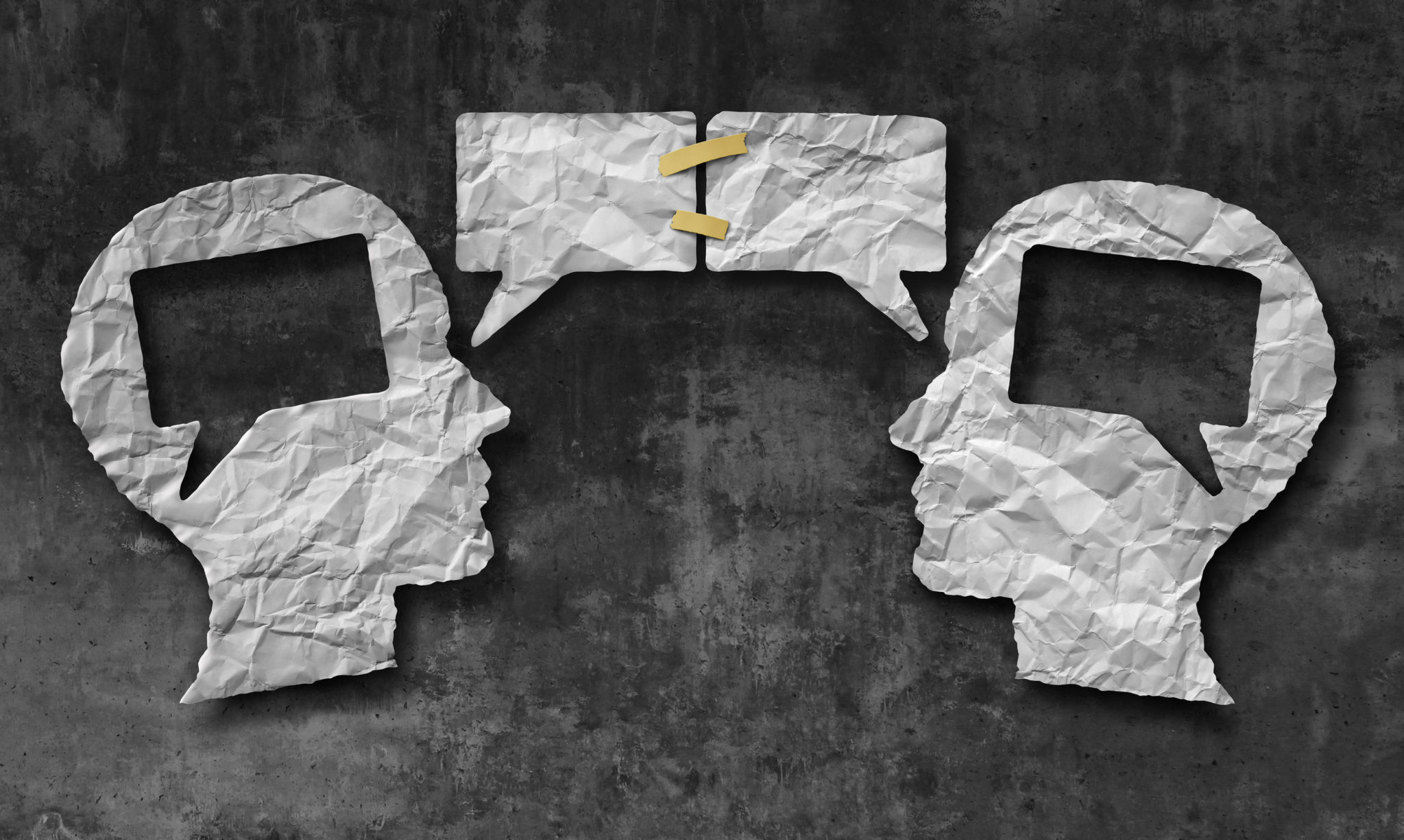
Before you can effectively communicate with your audience, you need to know who they are, what their pain points are, and how you can help them address that pain.
Here are some examples to get you started:
Who Are Your Customers?
- What are your buyer personas?
- What’s the demographic breakdown of your customer base?
- What does your buyer cycle look like?
What Are Their Pain Points?
- Is there an educational aspect to your product?
- Do shoppers struggle with your price point?
- What prevents customers from buying again?
How Can You Grab Their Attention?
- Lean into social proof.
- Incentivize customer feedback through discounts or special offers.
- Use a loyalty program to gamify the act of shopping with you by creating a goal to reach.
- Leverage the bounce-back effect: Recommending complementary products in a post-purchase email is a great way to seamlessly recommend a “next step” based on where the customer is in their shopping journey.
Branching Based on Differing Customers & Pain Points
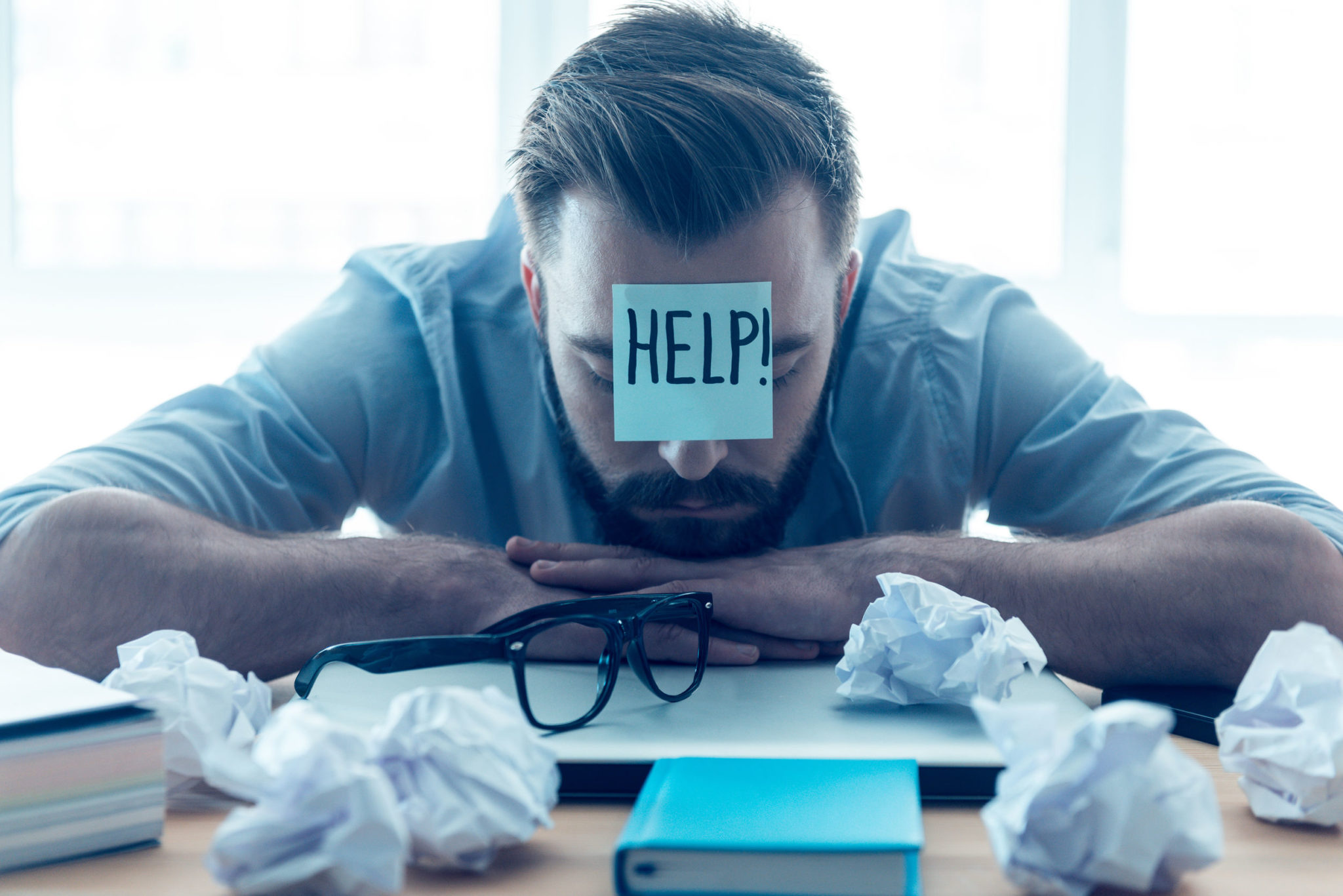
You can send each customer down the right path all within a single flow to achieve more one-on-one customer journeys.
- Welcome Series Flow – Create parallel paths for those that have purchased before and those that are brand new to your business.
- Browse Abandonment – Some site visitors know what they want, while others are just virtual window shoppers. Spot the difference!
- Abandoned Cart Flow – Give high rollers a little something special when they leave more behind.
- Post-Purchase Thank You – Nurture customers differently post-purchase based on where they are in their lifecycle with you.
Example Email Series & Best Practices for Each
Welcome Series

This Welcome Series has two unique paths based on whether or not someone is already a customer.
Our goal with the first welcome series is to here is to welcome all new subscribers, but identify those that are truly just beginning their journey with you and may need an incentive to make that first purchase.
This email series should trigger when the someone subscribes to your email list.
Here’s what the first series should look like:
- Email #1, Send immediately
Introduce new subscribers to your brand and collect their email preferences. To send subscribers an email immediately after they opt in, add an email directly after your flow’s trigger with no time delay before it. - Email #2, after 2 days
Two days after they sign up, encourage your subscribers to like or follow you on social media. - Email #3, after 4 days
Four days after someone signs up, showcase your best-selling products. - Email #4, after 6 days
After 6 days, evaluate whether or not a new subscriber has gone ahead and purchased since entering this series. If so, they can exit your series. If not, offer a coupon code.
Best Practices
One great way to target your audience is to collect email preferences. In other words, ask new subscribers what type of emails they would like to receive. Some may want to know about product updates, or only want to receive emails on a weekly basis. Others may want to receive daily emails. By collecting this information upfront, you can avoid bombarding subscribers with emails down the line, as well as provide them with more relevant content.
You may want to treat purchasers differently in your Welcome Series. For example, you may want to send a coupon code to subscribers who have not yet made a purchase after receiving the first few emails.
Abandoned Cart
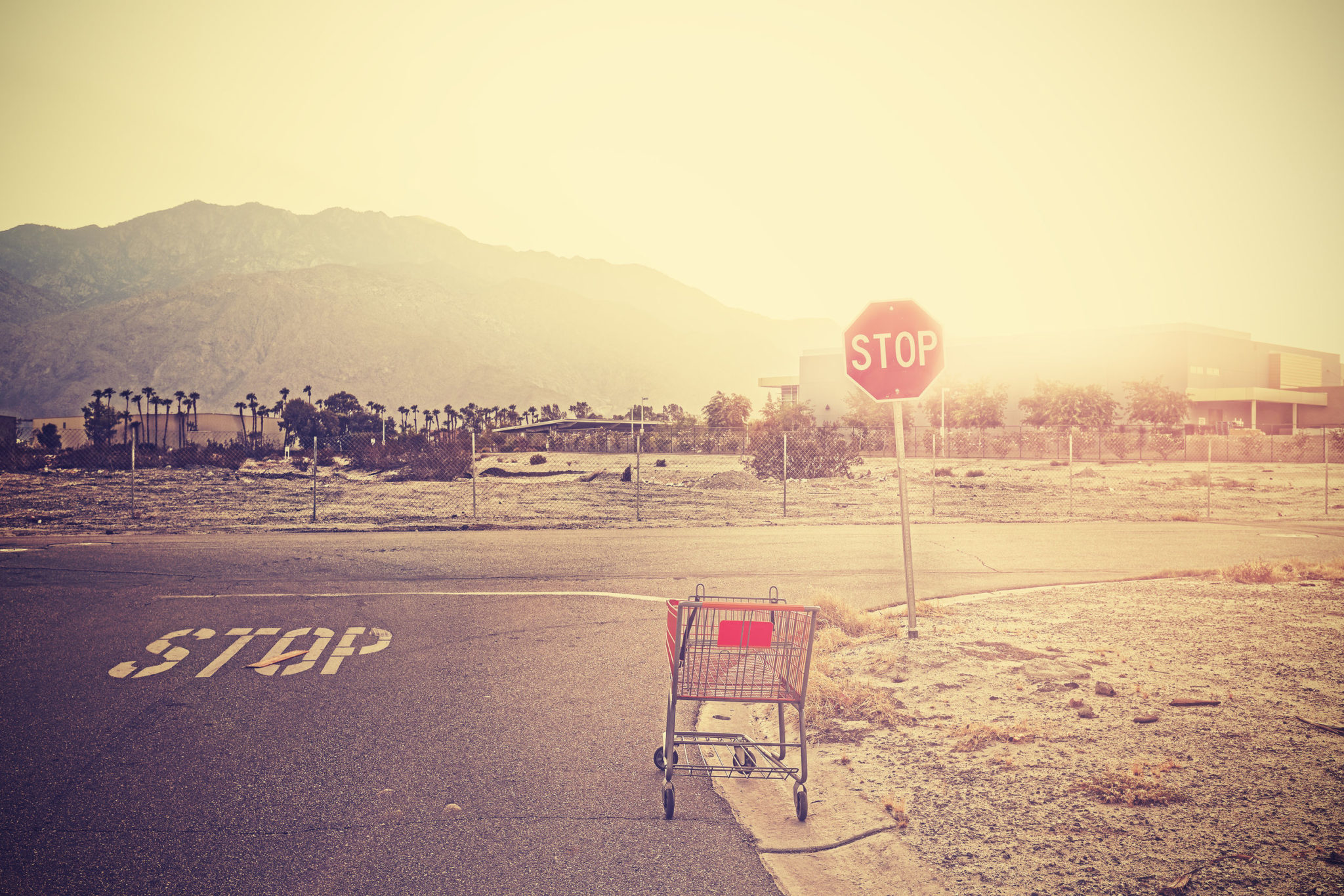
One of the most valuable emails for any ecommerce business business is the cart reminder or abandoned cart email.
There are a lot of reasons someone who was interested in buying from your store, clicked to add an item to his or her cart, entered in the shipping information but would then stop. Maybe they didn’t have their credit card in front of them. Maybe the checkout process was too complicated. Maybe they wanted to look around more before placing an order.
While there are a lot of reasons why people leave mid-checkout, most often it isn’t because they’re no longer interested in the product.
This Abandoned Cart series has two parallel paths: one for high value abandoned carts and one for low value carts.
There is apparently a 50% higher placed order rate for a series with a discount; despite having a larger spend on the line, cart abandoners are coming back and purchasing almost twice the rate.
Best Practices
For an Abandoned Cart series, it’s recommended that you send at least 2 emails.
- Email #1 should be sent between one and four hours after someone starts the checkout process.if they don’t complete the process.
- Email #2 should be sent one or two days later as another reminder if someone still has not gone back to complete the checkout process.
When it comes to when your first email of the Abandoned Cart series should be sent, you will want to wait at least two hours before sending it out. You want to give your customers some time to complete the checkout process on their own before you send reminders.
As with every email series you send out, the more you are able to target each customer with your message, the more effective that message will be. Keep this in mind as not every customer that purchases (or begins to purchase) from your website is the same. They may already be loyal customers, barely familiar to your brand, or somewhere in between.
Here are a few ways to target your Abandoned Cart series to maximize your conversions:
Purchasers vs. Non -Purchasers
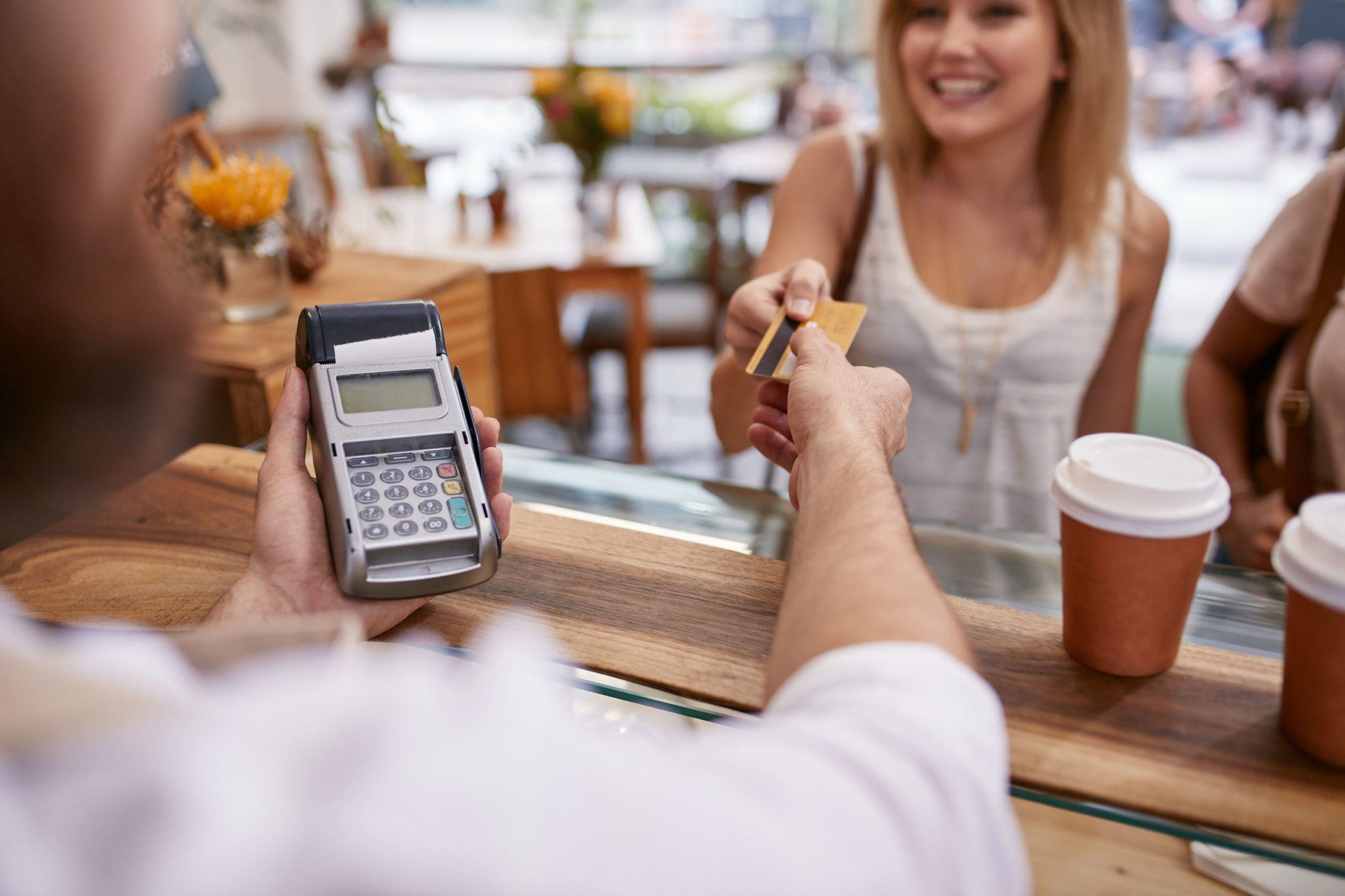
For new customers that are coming to your website’s checkout page for the first time, you want to speak to their largest pain-points and send them the right message to deal with those pain points. You may also consider offering an eye-catching discount to get this new lead to convert.
For repeat customers, you may want to follow up with a reminder, focus on the cart items and less on warming them up to your brand. You may not even want to offer any kind of discount.
International vs. Domestic

Ecommerce stores are usually able to offer certain perks to their domestic customers, such as free shipping. If your store is able to accommodate this, you’ll want to state this explicitly in your Abandoned Cart series.
Cart Value
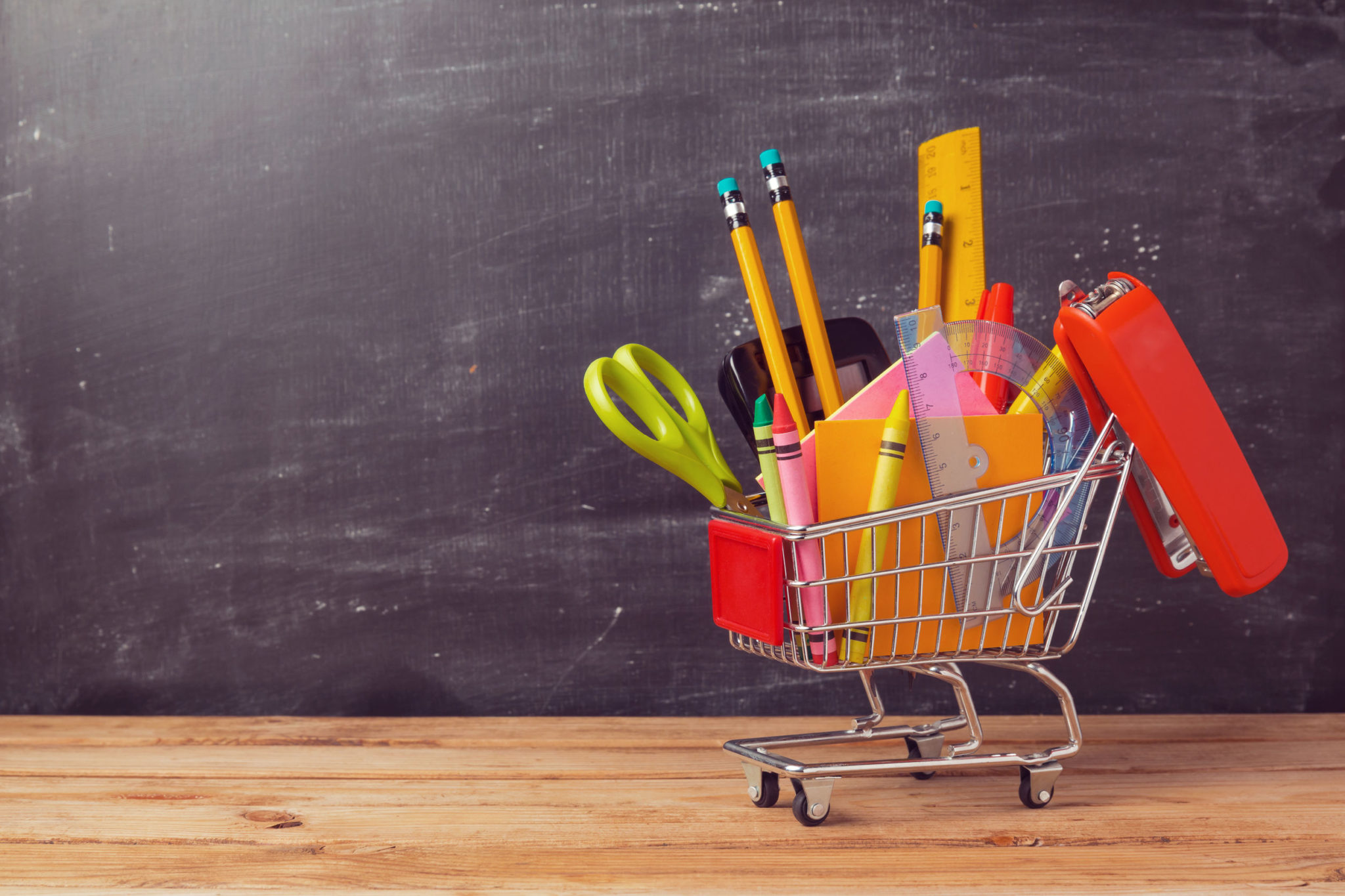
Targeting based on cart value will give you the opportunity to message those customers with high-value items in their cart differently.
For example, you may want to offer a discount or other incentive to recipients with a cart value greater than $100.
Cart Size
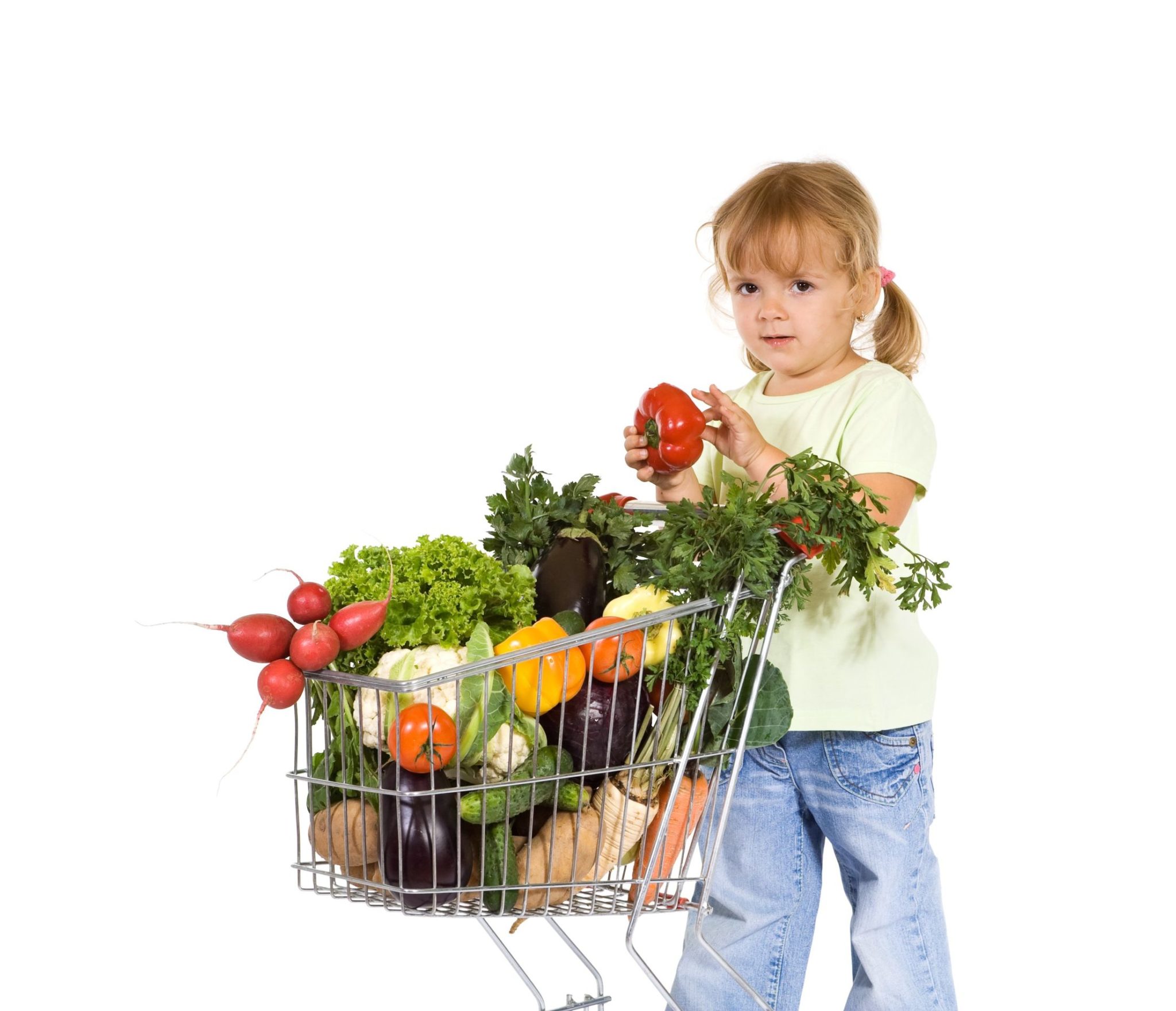
Cart size is similar to cart value. You may want to offer a discount to only those who have more than a certain number of items in their cart, whatever you decide that number should be.
Product Type
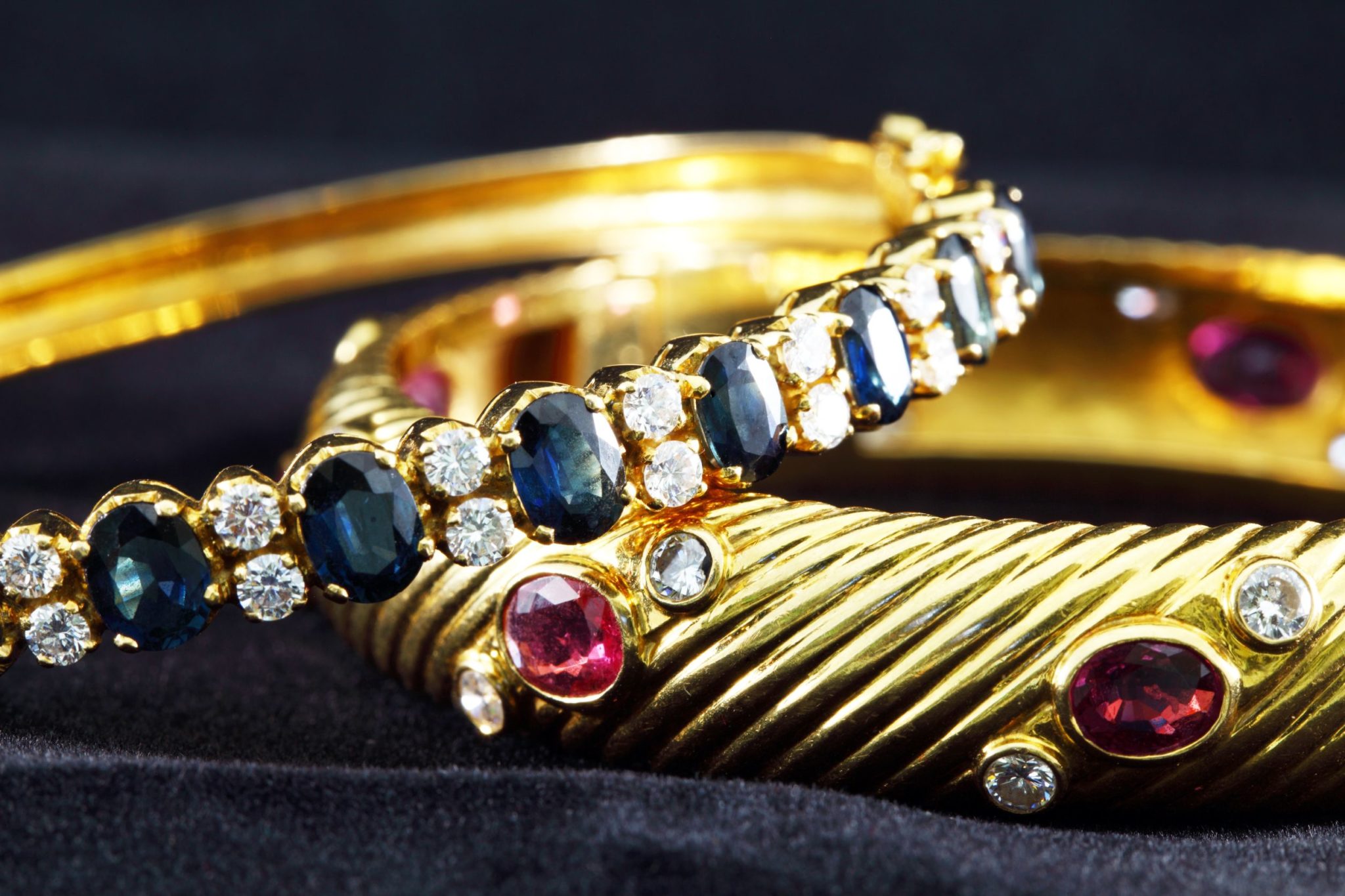
Depending on your ecommerce integration, you can target recipients based on the specific product they’ve added to their cart or the category the product belongs to.
Winback

Winback email series are used to re-engage inactive customers. It’s a critical part of a customer lifecycle. Winback emails give you an opportunity to try and reach lapsed customers before they completely disengage with your brand.
Winback emails are a good time to use discounts to incentivize customers to make a purchase. This is where creating different winback series for different tiers of customers comes into play. For example, you want to offer your higher tier customers a larger discount than the rest of your customers (Example: 20% off vs. just 10%)
Winback series are also a good time to display whatever new products you have, trending products, or recommendations that customers may have missed. You could also use a plain-text email to create a more personal feel. You may want to split-test these two email styles and see which is more effective for your particular business.
Best Practices
Winback series are a great way to re-engage customers of your older list that you may have migrated over from your previous email service provider, but there are some steps that you should take before reaching out to them:
- Remove invalid email addresses.
This will help you eliminate any email addresses that are either dead or spam traps. Some tools that will help you accomplish this are:
- Only send to those who were added to your account via double opt-in.
Emailing old subscribers that you acquired via a single opt-in signup method is very risky and will likely cause your emails to be marked as spam. Protect your deliverability by only contacting those who were added to your list via double opt-in.
- Use preheader text to explain why a subscriber is receiving this email.
Remind your subscribers that they opted in to receive notifications from your business and include an unsubscribe link clearly at the top of the email. This will reduce the chance that someone will make a spam complaint versus unsubscribe if they’re not interested.
- Make it clear that their preferences matter.
Explicitly ask these subscribers how often they want to hear from you moving forward. You can then use this information to segment your audience going forward.
It’s recommended that you wipe anyone off your list that doesn’t engage by the end of your winback series. This will ensure that you don’t accidentally reach out to them again.
These are the Must Have Email Sequences for Your Business
Now you understand how the Customer Lifecycle, how to understand your customer, and how to speak to each customer through specific, yet customizable, email sequences that are designed to speak to each customer from where they are in the Customer Lifecycle.
It’s impossible to manually speak to every single subscriber, but you can automatically send custom sequences based on various factors, such as their actions, time of year (ex: birthdays, if you collect them), specific pain points, etc.
Following the strategies in this guide will not only boost your revenue per customer, but there’s also a chance it will also increase brand loyalty to the point where you get free customers from the word-of-mouth of ecstatic customers.
Are you using your email marketing tools and strategies to their fullest potential? Take this email marketing quiz to find out.

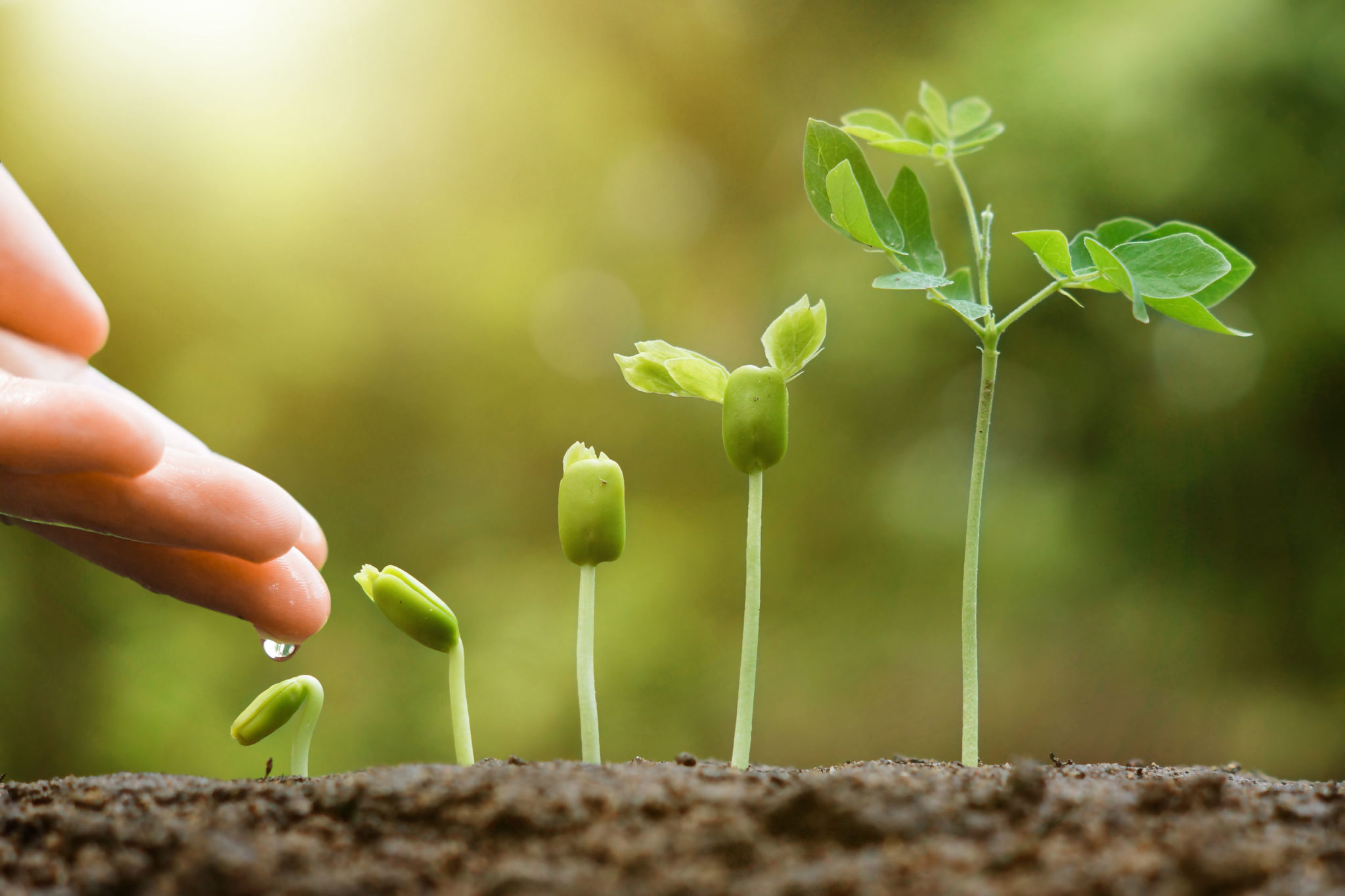
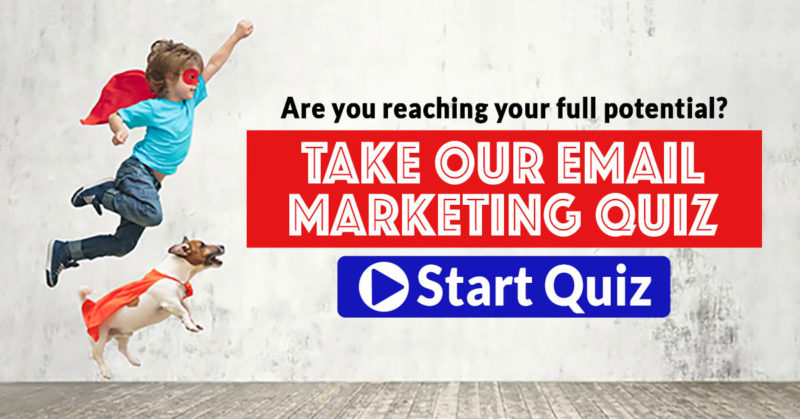
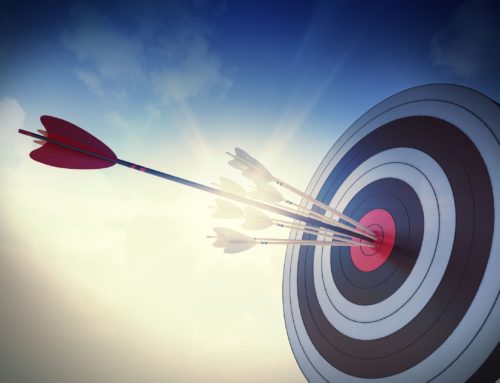


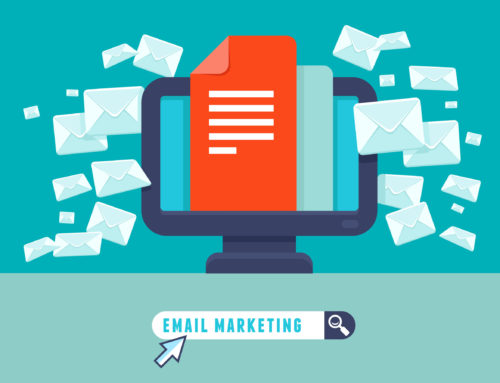
Leave A Comment